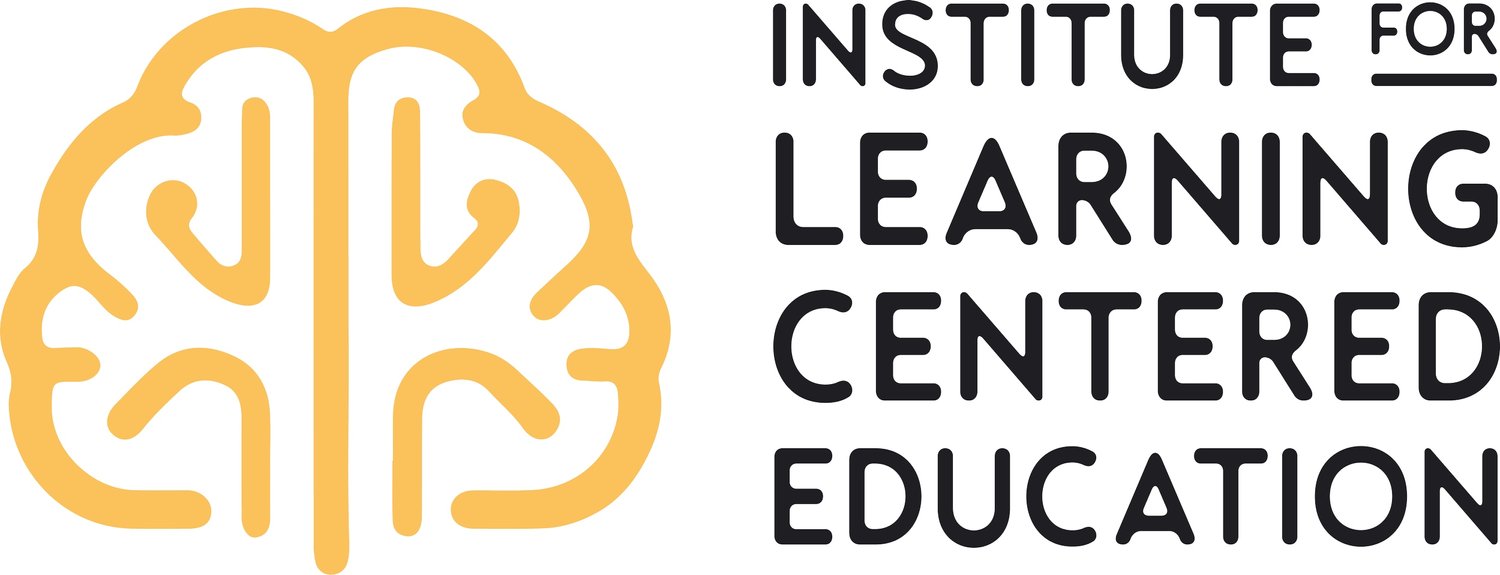
THE THREE PILLARS
We should add a statement that explains the function of the Three Pillars
PILLAR ONE
HARMS AND NEEDS
The first pillar focuses on identifying understanding the harm caused by misbehavior and addressing the needs that result from that.
UNDERSTANDING THE IMPACT:
involves understanding how an incident has affected all parties, including victims, offenders, and the broader school community.
EMPATHY AND AWARENESS:
by exploring the harm and the root causes of misbehavior, restrorative practices, build empathy in students, helping them recognize how their actions affect others.
FOCUS ON RELATIONSHIPS:instead of simply asking, “What rule was broken?” educators ask “What harm occurred and how has it impacted our relationship?”.
PILLAR TWO
OBLIGATION
The second pillar establishes the obligation of those of those who caused the harm to take responsibility and make things right.
ACCOUNTABILITY it holds students accountable for their actions in a meaningful way rather than through isolation and punishment.
REPAIRING THE HARM:
Students work with a facilitator to develop a plan to repair the damaged caused, which is often a more difficult and more impactful task than serving detention or suspension.
PROMOTING GROWTH The process encourages offenders to understand their wrongdoing. make amends and work toward regaining trust and good standing within the community.
PILLAR THREE
INVOLVEMENT
The third pillar emphasized the involvement of
all relevant parties in the resolution process.
INCLUSIVE PROCESS:It brings together students who caused harm, those who were harmed, and others in the community to work collectively towards a resolution.
STRUCTURED DIALOGUE:
The engagement is often facilitated through restorative circles and conversations, where everyone is given a safe place to be heard.
COMMUNITY-BUILDING:By involving stakeholders and modeling respectful behaviors, restorative education helps build a strong sense of community and connection.

